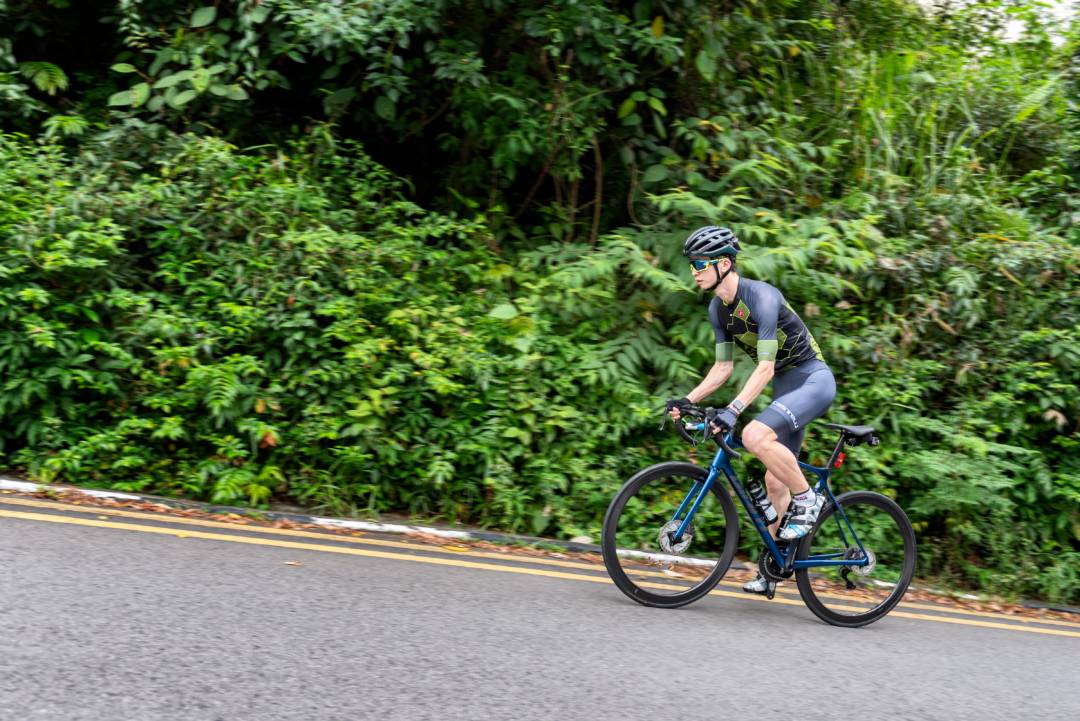The world of cycling is full of strategies and techniques to maximise performance, and one of the most crucial is tapering before a competition. This technique involves a planned reduction in training before a major race. The aim is to arrive on race day at peak fitness, allowing the body to recover from the hard training sessions and be ready to perform at its best.
Importance of tapering in physical preparation
Tapering is crucial in the physical preparation of athletes, especially in cycling, for several reasons. Primarily, it allows effective recovery of the body after intense periods of training, which is essential to prevent overtraining and injury.
In addition, tapering significantly improves athletic performance by allowing the body to build up adaptations from training. It also increases energy reserves, which is vital in endurance sports such as cycling. Finally, it reduces psychological stress and increases the athlete’s confidence, which has a considerable impact on their performance during competitions. These factors combined make tapering an indispensable tool in preparation for any high-level sporting event.
Tapering methods: volume vs. intensity reduction
Tapering methods can be divided into two main approaches: reduction of training volume and reduction of intensity. The choice between one or the other depends on several factors, including the sport discipline, the individual characteristics of the athlete and the specific objectives of the competition.
In volume reduction, the athlete decreases the amount of training, but maintains or even increases the intensity. This approach is very popular in cycling, as it allows for the maintenance of muscular acuity and response without the wear and tear of high volume training.
Intensity tapering, on the other hand, involves reducing the load or effort of training sessions while maintaining or slightly reducing volume. This method is beneficial for athletes who need a deeper recovery or for those in disciplines where technique and precision are more critical than pure physical power.
Both methods aim to allow the body to recover and adapt to the stress of previous training, optimising performance for competition. The choice between reducing volume or intensity should be based on a careful assessment of the athlete’s individual needs and responses.

How long should tapering last?
The optimal length of the tapering period varies according to the sport, the level of the athlete and the intensity of previous training. Generally, for cyclists, a tapering period of between one and three weeks is recommended. Shorter tapering may not be sufficient to allow full recovery, while too long a tapering period could lead to a loss of fitness and sharpness. The key is to find the perfect balance that allows the body to recover and adapt, maximising performance on race day. Personalising the duration of tapering to the athlete’s individual needs and responses is crucial to its effectiveness.
Physiological effects
Tapering influences several physiological aspects. It improves muscle function, increases glycogen stores and reduces cortisol levels, an indicator of stress. These changes contribute to better performance and faster recovery. A study by Zhiqiang Wang et al. in 2023, entitled “Effects of tapering on performance in endurance athletes: A systematic review and meta-analysis“, published in PLoS One, supports this claim.
The study, conducted at Wuhan Sports University and Rochester Institute of Technology, found significant improvements in performance between pre- and post-tapering phases in time and time-to-exhaustion tests. The results suggest that tapering for up to 21 days, reducing training volume by 41-60% without changing intensity or frequency, is an effective strategy.
Follow these nutrition strategies
Nutrition during tapering is a crucial aspect of optimising performance in competition. During this period, athletes should focus on dietary strategies that support recovery and maximise energy stores. A common practice is to increase carbohydrate intake to maximise glycogen stores, essential for endurance sports such as cycling. Adequate hydration is also vital.
It is advisable to maintain a balanced diet and avoid drastic changes that may cause gastrointestinal discomfort. Each athlete should work with a nutritionist to tailor their nutrition plan to their specific needs and the requirements of their sport.

Psychological considerations of tapering
The psychological considerations of tapering are as important as the physical ones. During this period, athletes experience a variety of emotions, from anxiety to doubt, due to reduced training load. It is common for athletes to feel uncertain about whether they are doing enough to maintain their physical condition. Therefore, it is crucial to maintain open communication with coaches and sports psychologists to manage these emotions and maintain confidence and motivation.
Additionally, tapering can be an ideal period to focus on mental preparation for the competition. Athletes use this time to practice visualization, set clear goals for competition, and boost their confidence by reviewing past achievements and progress made during training. This mental preparation is key to entering the competition with a positive and focused state of mind, which has a significant impact on performance.
BKOOL is the most complete cycling simulator on the market, try it FREE for 7 days!
 Go to BKOOL
Go to BKOOL





